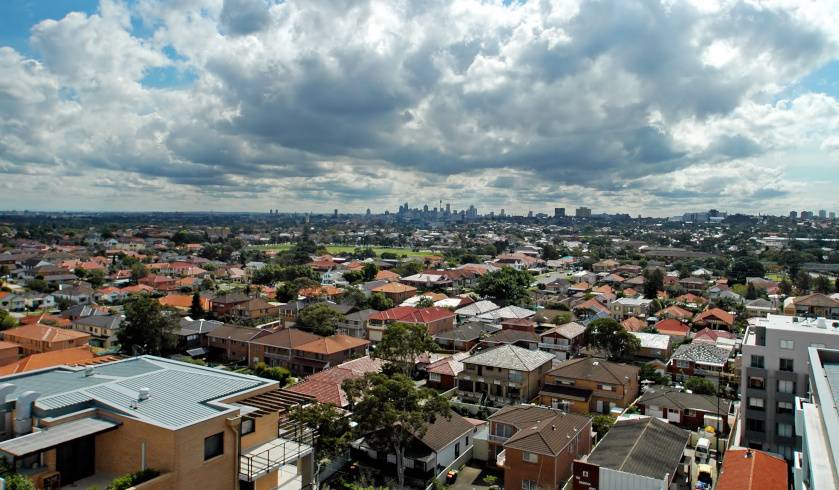Inner-city rental markets stabilise as investors look to sell up
Inner-city apartments are regaining some of their lost popularity across both Sydney and Melbourne, a new report has revealed.

Over the past 12 months, rent values across Sydney and Melbourne have fallen by 4.9 per cent and 8.2 per cent, respectively, with much of the decline coming from inner-city regions, according to CoreLogic’s latest Property Pulse.
In fact, CoreLogic found that Sydney’s City and Inner South market – which accounts for an estimated 18.6 per cent of investment units across Greater Sydney – recorded a 14.5 per cent decline in median asking rents, bringing the value to $530.
Meanwhile, median asking rents in the Melbourne’s Inner region, which accounts for over 45 per cent of investment units across the greater capital city, declined by 18.9 per cent to $385.
Across both cities, these inner-city markets have seen the lowest rate of change in rents over the year, the report highlighted.
According to CoreLogic’s head of research, Eliza Owen, inner-city rental markets “were disproportionately impacted by the closure of international borders, where most overseas arrivals to Australia are initially renters”.
But while these markets remain far from a full-blown recovery, Ms Owen said that they have been showing signs of stabilising.
In Sydney’s City and Inner South, for instance, asking rents have risen 6.0 per cent from a recent low of $500 per week in December.
Melbourne’s Inner region, meanwhile, has started to see listings moderate since early February.
Further, total unit rental stock on market has been dropping across both capital cities. Over the past 28 days to 11 April 2021, the amount of listed rentals declined 9.4 per cent across inner Melbourne and 15.5 per cent across inner Sydney.
Sydney unit rental listings have now fallen below pre-COVID levels by 4.5 per cent.
Ms Owen said that among the factors that have driven the recovery are the uptick in economic activity in CBDs, revival of interstate travel and the increase in investors opting to sell up.
However, Melbourne’s available unit rentals remain over 121 per cent higher compared with the 28-day period to 14 March 2020, primarily due to the extended lockdown and social distancing restrictions, which has contributed to the decline in rents, according to the researcher.
“While conditions across inner-city apartments seem to be stabilising, it is clear the Melbourne apartment market has a long way to go before rents see a more consistent recovery trend.
“This may be further hampered by the construction pipeline, where recently released ABS building activity data showed there were still 43,302 apartments under construction across Victoria through the December quarter,” Ms Owen noted.
The progress in economic activity across the CBDs may also be impeded by the end of JobKeeper, particularly in Melbourne where around 300,000 people were recipients of the wage subsidy, she continued.
Looking ahead, the recovery of the Melbourne unit market may be boosted by the return of international travelers, according to Ms Owen.
“The return of international visitation to Australia has previously kept the Melbourne rental market buoyant amid high levels of new supply. A full recovery in rental incomes across Melbourne units is unlikely unless international arrivals get closer to pre-COVID levels,” the researcher concluded.
